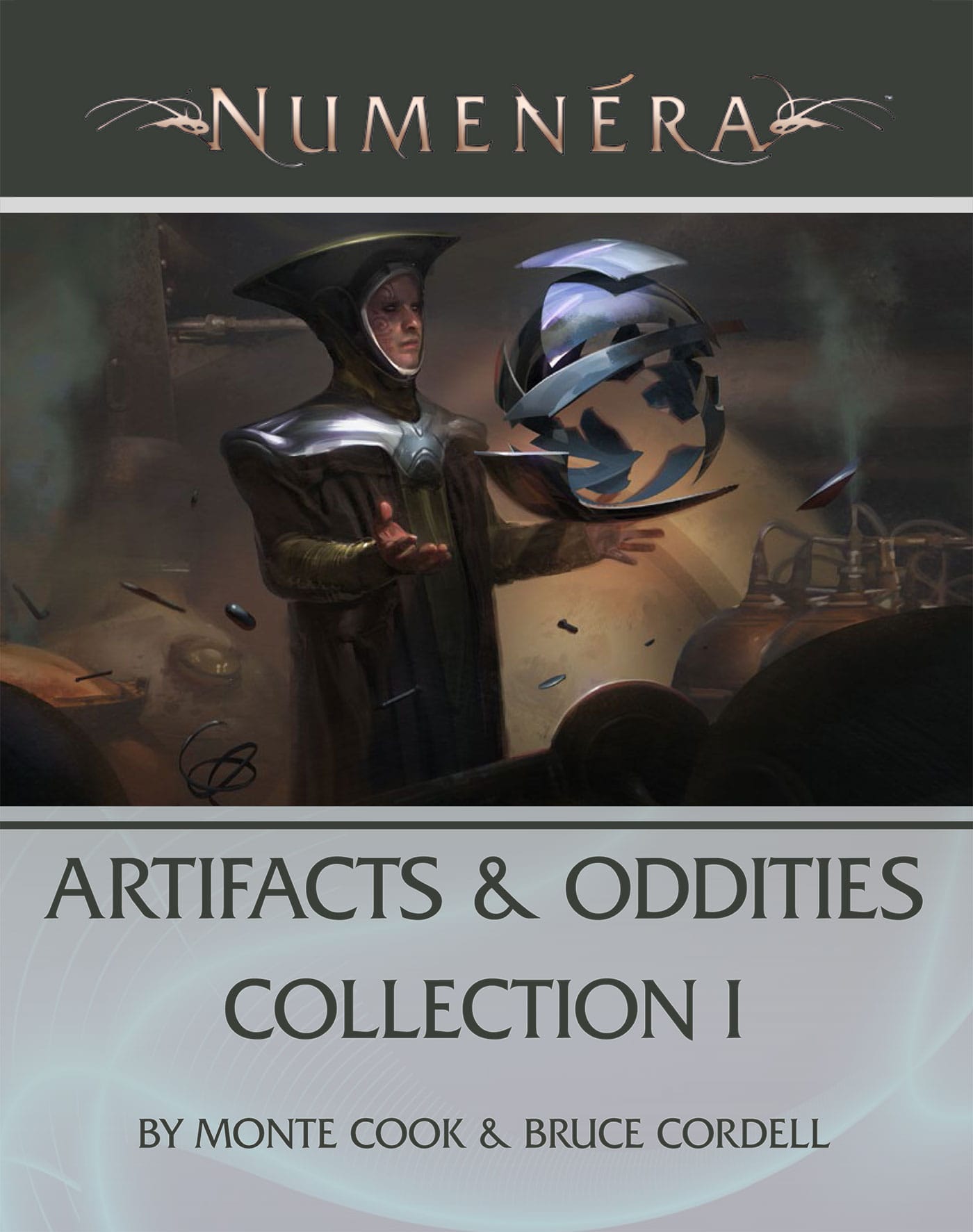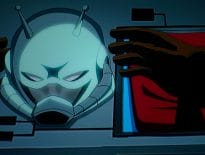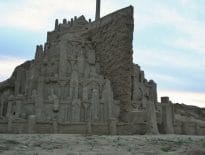 As a planet, we generate a huge amount of waste and while some gets recycled, a lot ends up in landfill. We also have a fair amount ending up in the sea, most of which (the media would suggest) seems to end up in the nexus of the Pacific gyre. Suffice to say, each year we add another layer of unrecyclable garbage to the outside of our planet – so, imagine what a billion years might mean. Might the accumulation and accretion of human detritus over millennia be enough to transform and twist our landscape?
As a planet, we generate a huge amount of waste and while some gets recycled, a lot ends up in landfill. We also have a fair amount ending up in the sea, most of which (the media would suggest) seems to end up in the nexus of the Pacific gyre. Suffice to say, each year we add another layer of unrecyclable garbage to the outside of our planet – so, imagine what a billion years might mean. Might the accumulation and accretion of human detritus over millennia be enough to transform and twist our landscape?
The role-playing game Numenera takes place against the setting of the Ninth World, a billion years into the future. A billion years of amassed junk and waste certainly would make archaeology interesting, and numenera – with a small N – are those pieces of garbage that might not only have a purpose, but might be game-changing in the right hands. Or, it might just be dime store clutter.
Form
The Cypher Collection I and the Artifact & Oddities Collection I are both 10-page PDF supplements for Numenera, penned by Monte Cook and Bruce Cordell. Late last year, this partnership Kickstarted The Strange, a science fiction RPG that utilises the same Cypher system as Numenera.
Both supplements follow the same general format as other Numenera products – two columns of text with an informative marginalia containing corebook cross-references and thematic notes.
The PDFs contain some art, mostly computer-generated and loosely coupled with items included in the text. Oddly, while the Gamemaster might use these as handouts, so players can see what a piece of numenera looks like, I think it far better to stick with verbal descriptions. The greatest strength of numenera comes down to the whole investigation process of working out what they do – and in some instances a straight-up picture, of say a welding mask, might give too much away.
Features
Under the banner of numenera (small N, again), various types of technology and junk exist. You have Artifacts, Cyphers and Oddities presented in these two collections.
Bottom of the barrel, you have Oddities. Oddities could be complete junk, the sort of stuff you get on shopping channels in the small hours of the morning or in chunky catalogues during holiday season. On the other hand, many oddities fall into the category of subjective garbage – to the right person, it could be useful, but it might just be a million to one shot for the right person in the right place at the right time.
In a fantasy setting Cyphers and Artifacts would qualify as magic items, persistent enchantments, and even relics. However, application of the Clarkian aphorism about sufficiently advanced technology being indistinguishable from magic very much figures in the Numenera setting. Characters strides across a world almost as alien as if they’d stepped out on to the surface of another planet. Civilisations and cultures have come and gone hundreds, if not thousands, of times – and each has left something behind. Characters of the Ninth World scavenge in the hope of turning up something massively valuable or immensely potent, whether for personal use or as a bargaining chip.
The difference between Cyphers and Artifacts is reuse. A Cypher, for whatever reason, is a one hit wonder. Fire and forget – and hope that you figured out the right way to use it. Quite possibly, there is no right way to use it anymore, but the way the device works happens to do something else beneficial. Artifacts, on the other hand, have more permanence about them. Artifacts possess sufficient charge or happen to be robust enough to stand up to reuse.
Both of these Collections provide a new selection of numenera for your game. The Cypher Collection includes 50 new items, while Artifacts and Oddities include 83, thirty-three of which are Artifacts.
In both Collections, you have a table to generate an item at random, if you don’t feel like picking one. Low rolls on these tables lead you to the relevant section in the corebook, while high results point to an entry in the Collection.
Cyphers and Artifacts all have a Level, Form and Effect. Level sets a value for comparison against other items or individuals – so, a device with a high level will effects items with a lower one. Form offers a very brief description of the item – like ‘a square piece of black cloth’ or ‘an oversized set of metallic gauntlets’. Finally, Effect provides detail on the in-game function and mechanics associated with the item. Artifacts have an additional value – Depletion – that rates the likelihood that use of the device will drain the final charge. Generally, devices that are more powerful have a much smaller ratio of probability – so, a potent item might have a 1 in 1d6 chance of depletion, while a lesser Artifact might only expire on a 1 in 1d100 chance.
Oddities do not get any of this detail. While each Cypher or Artifact receives a solid paragraph of detail most of the time, all Oddities conform to a brief one-liner, between 5 – 20 words in length. They are meant to be alien, vague, indecipherable and, well, odd.
These Collections will have different value to different Gamemasters. For some, access to more numenera will be nothing less than a boon. The Collection each provide plenty of new items and you just need to roll or pick one and add it to the latest cache of items the characters uncover. For the GM in a hurry, who never has time to prepare or always games on the fly, these tables make it possible to throw a new item into play in a moment.
For any Gamemaster who wants more examples of numenera than those in the corebook, these two Collections deliver plenty. You can take these examples as your model for creating your own devices, using these official devices as your guide.
At a base level, as of the time of writing, both Collections will cost you $5.98 – so, that’s roughly 5 cents per item. If that makes economic sense to you as a Gamemaster, buying these Collections provides you with a bunch of official Numenera material straight from the pen of Cook and Cordell. The items play straight from the page, and these Collections represent Cooks take on different types of numenera.
A criticism on this last point would be that perhaps these numenera do not feel quite alien enough and, maybe, some of the items feel too much like fantasy treasure coated with chrome and nanites. You have helmets of water breathing, boots of effortless travel, portable holes, scrying devices and similar paraphernalia that effectively turn a magic spell into a physical item. If you have a lot of experience with fantasy games, and Monte Cook sees numenera in this way, then you can certainly come up with a lot of similar devices yourself by scouring rulebooks for other games. Even then, these Collections, along with the Corebook, should provide you with an essential benchmarking tool for determining the right Level and Depletion value.
The lack of the alien echoes my experience with The Devil’s Spine. Monte Cook’s vision of Numenera comes across as influenced by dungeoneering and treasure hunting in a fantasy setting. Perhaps these Collections show a very literal representation of the Clark model around high technology and spellcraft, and that’s the baseline to aim for when populating your own world.
Or, perhaps, Cook and Cordell have chosen to tread lightly in these initial Collections and not deluge a new fan base for the Numenera game with devices too left field and absurd to easily interpret or utilise in game. If you shower a group of characters with dozens of weird pieces of technology that almost defy description or explanation, will that improve or deter a smooth gaming experience?
Final Thoughts
Numenera was a big hit at Kickstarter. The Ninth World presents a landscape of the furthest future filled with potential wonders and a lot of junk, and these two Collections start scraping at the surface of potentially useful devices.
For the busy or by-the-book Gamemaster, the Collections provide quick access to plenty of new numenera at the drop of a die. Given the possibility that a group of characters might pick up a dozen or more numenera in every adventure, a healthy stock of new items seems ideal.
For the newcomer or aspiring content creator, the range of Cyphers, Artifacts and Oddities offers an insight into the spread and diversity of technologies available in Numenera. The Collections offer a useful guide in development of new items and appropriate power levels.
For anyone comfortable at creating their own content, the call on whether to pick up each Collection comes down to value for money and potential usefulness. We all get busy occasionally, so these PDF cover you for those drop-of-a-hat game sessions, but if you already have a stockpile or want something really alien, then you might want to wait for future Collections.
Readers like you help to make Geek Native. Nip down to the comments below and let us know what you made of this blog post.

